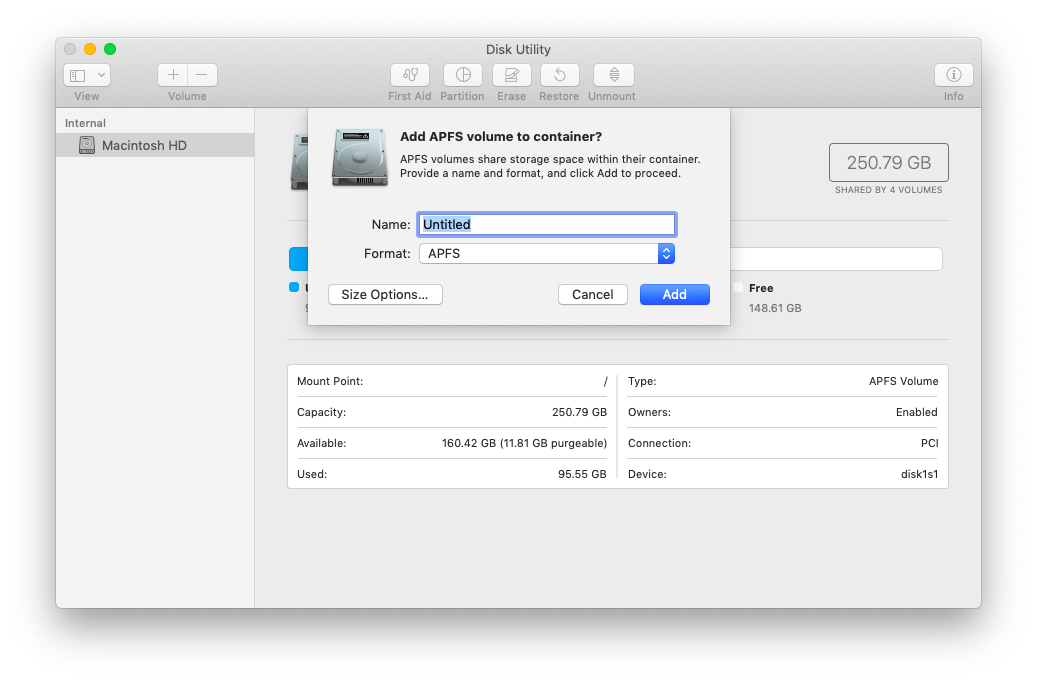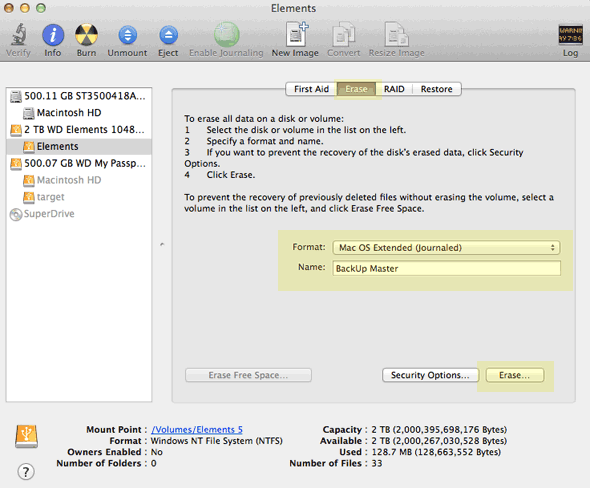

- #Format the usb for a mac how to#
- #Format the usb for a mac android#
- #Format the usb for a mac software#
- #Format the usb for a mac Pc#
- #Format the usb for a mac iso#
You'll need to type 10 or 11 or 12 and so on to format you disk.
#Format the usb for a mac Pc#
DMG()Ĭhoose your option (press any other key to exit) To troubleshoot your USB drive, the easiest action is to reformat the drive using exFAT, on your Mac or PC computer. UNMOUNT DISK (2) (You need to EJECT the DISK2 before to FORMAT) DMG FILE AT /Volumes/SSD_1TB/_syncFolders/_bash/mac_format_tool (Select this file if you're going to use a.

IMG FILE AT /Volumes/SSD_1TB/_syncFolders/_bash/mac_format_tool (Select this file if you're going to use a.
#Format the usb for a mac iso#
ISO FILE AT /Volumes/SSD_1TB/_syncFolders/_bash/mac_format_tool (Select this file if you're going to use a. LIST DISKS AND SELECT THE DISK(2) TO BE FORMATTED DMG file will be used to format the DISK(2)) IMG file will be used to format the DISK(2)) ISO file will be used to format the DISK(2)) SELECTED DISK: /DEV/DISK(2) (This disk will be formatted with the. # OSX FORMAT TOOL # DISK SELECTED: /DEV/DISK2 # You'll need to clone that repository and follow the procedures below using command line in Terminal: # Cloning the repo: Back up all the information on the USB flash drive onto a Windows-based computer before formatting the drive (once you format the drive all data is removed). First of all, let’s cover the obvious point above: when you format USB drive. Give the device a name and choose the desired format (more on that below) Click Erase to reformat the device. Select the relevant device or drive in the left sidebar and click Erase. I had to make a script in order to format my USB and SD cards properly. Go to Applications Utilities and launch Disk Utility. Most of the time, the mac "Disk Utility" doesn't do the job. This does not properly reformat the disk since the partition table isn’t modified. Others may suggest just to click the erase tab.OS X’s Disk Utility does not offer this as an option. An NTFS filesystem is read only in an OS X environment. WARNING: Formatting the USB device will delete all content on the device.
#Format the usb for a mac how to#
If you want to use it exclusively on your PC, reformat it as NTFS in Windows on your PC (you can reformat as exFAT and FAT32 in Windows as well). How to Format a USB Device for FAT32 or NTFS.Additionally, in a windows environment, the FAT32 filesystem is subject to more fragmentation. It supports files of up to 16 exabytes in size.
#Format the usb for a mac software#
USB by Paragon Software provides an access to USB storage devices formatted.
#Format the usb for a mac android#

Select your thumb drive in the Disk Utility window, then click the Erase tab. Launch Disk Utility press Command+Space then type: disk utility. If you only use a Mac computer, you can format your thumb drive to work on Windows systems.Ĭonnect the thumb drive to your Mac. In the File System list box, choose exFAT, type in a Volume Label if you want, and then click Start.Ĭlick OK to the format warning and wait until the process is complete. Right-click your flash drive and then select Format. Prepare a Thumb Drive for Both Windows and OS X or macOS Before you start, though, make sure your thumb drive is formatted so it can work on both Windows and macOS. If you’re working in a mixed environment, where you might need to work on files between both systems, a handy solution is to use a thumb drive. This makes it difficult to move data between the two unless you have them networked together. MacOS uses the HFS+ file system, while Windows uses the NTFS file system that shares little in common.


 0 kommentar(er)
0 kommentar(er)
